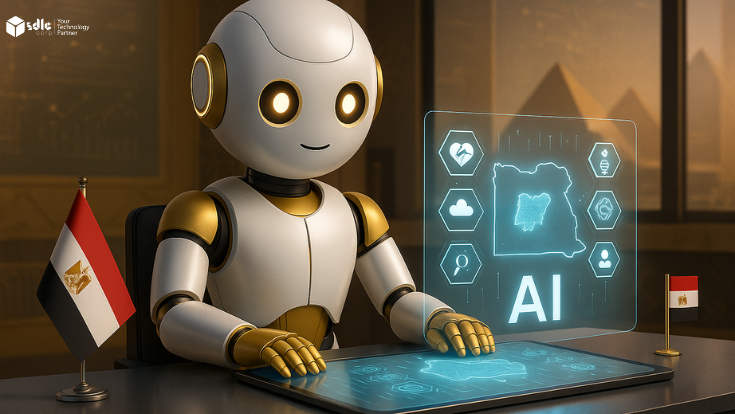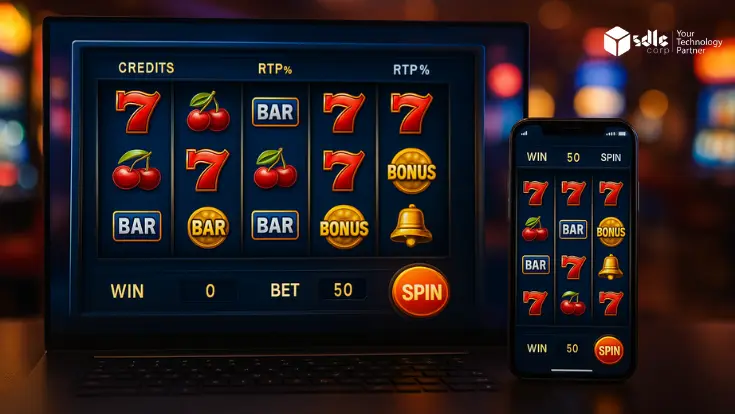2D game development is an art form that involves talent, imagination, and technical expertise. It entails the construction of 2-dimensional games in which players traverse across stages and interact with people and items using simple mechanics such as leaping, shooting, and avoiding. While 3D games have proliferated in the gaming business, 2D games continue to attract consumers with its distinct visual style, nostalgic charm, and compelling gameplay.
Understanding game design, programming, and visuals is essential for mastering 2D game creation. Developers must be able to balance gameplay mechanics, level design, and visual appeal to produce a unified and engaging experience for players in order to make a successful 2D game. They must also be able to optimise their game for several platforms, including as PC, mobile, and console, in order to reach a larger audience.
We will look at the tactics and strategies utilised by master 2D game developers to produce successful games in this article. We’ll go through game design fundamentals, programming methodologies, graphics optimization, and platform-specific considerations. You will have a thorough understanding of what it takes to master 2D game creation and the abilities required to create your own successful 2D game by the end of this guide.
What is 2D Game Development?
Techniques and Strategies
Mastering 2D game production necessitates a blend of technical expertise, creativity, and game design ideas. In this section, we’ll look at the tactics and strategies that master 2D game developers utilise to make successful games.
Game Design Principles
Developers must initially focus on game design fundamentals in order to produce a good 2D game. Designing the game mechanics, level design, and visual style are all part of this. Game mechanics should be straightforward yet exciting, with a clear goal for the player to achieve. To keep the player involved, level design should be balanced, with a progression in difficulty.
While developing a visual style, developers should consider color palettes, lighting, and general aesthetic.
(Read more about The Benefits of Working with a Game Development Studio)
Programming Techniques
Programming is an essential component of 2D game production.
Developers require programming languages like C++, C#, or Java, as well as game creation frameworks such as Unity or Unreal Engine. They also need to possess a strong understanding of game development principles such as collision detection, physics engines, and AI programming.
Graphics Optimization
Graphics optimisation is a critical component in developing a good 2D game. This includes optimising sprites, animations, and other visual aspects to guarantee the game works smoothly across multiple platforms.
To ensure that the game looks and operates adequately on a variety of devices, developers must consider screen resolutions, aspect ratios, and frame rates.
Level Up Your Skills: Mastering 2D Game Development Techniques Await!

Platform-Specific Considerations
When it comes to 2D game production, different platforms have different requirements. Mobile devices, for example, may have varying screen sizes and touch controllers, whilst console games may require specific controller support. Developers must be aware of these platform-specific considerations in order to optimise their game.
Playtesting and Feedback
Playtesting is an important component of game development since it provides valuable feedback on game mechanics, level design, and overall gameplay. To find and fix any game flaws, developers should conduct extensive playtesting. They should also solicit feedback from players and make necessary changes.
Developers can create effective 2D games that captivate and delight players by mastering these techniques and strategies. 2D game production may be a successful and exciting career option for ambitious game developers with the proper combination of creativity, technical skill, and attention to detail.
Process of 2D Game Development
The production of a 2D game comprises multiple steps that necessitate meticulous planning, design, implementation, testing, and release. Each stage has its own set of problems and needs, and completing each stage successfully is critical to the game’s overall success. Here is a thorough breakdown of the complete procedure:
Planning
Planning is the initial step in developing a 2D game. This includes developing the game concept and establishing the target audience. The game mechanics, story, art style, sound effects, and music are all detailed in a game design document (GDD). The GDD acts as a road map for the entire development process.
Game Engine Selection
The next stage involves deciding which game engine to utilize for creating the game.
For 2D game production, various game engines are available, including Unity, GameMaker, and Construct 2. The game engine serves as the foundation for the game’s programming and graphics.
Graphics Creation
Sound Effects and Music Creation
Game Mechanics Implementation
Game mechanics are the rules and mechanisms that regulate the game’s behaviour. Character movement, physics, collision detection, and AI are among them. These mechanics are written in programming languages like C++, C#, or Java.
Level Design
Level design refers to the process of creating the game’s levels. It entails designing the game’s layout, establishing where adversaries, obstacles, and power-ups should be placed, and identifying the player’s objectives. The level editor in the game engine is used to create levels.
Testing
Testing is an important component of 2D game development. The game has been thoroughly tested for bugs, glitches, and other difficulties. The mechanics of the game are refined to improve playability, and the levels are altered to make the game more difficult.
Unlock Your Potential: Dive Deep into 2D Game Development Techniques Now!

Release
How to Implement the Techniques and Strategies?
The technique and strategy to use in a given situation may vary based on the nature of the situation and the goal that is wanted. A complete format for designing an approach and plan for a specific scenario is provided below:
Define the Situation
Defining the situation is the first stage in designing a technique and plan. Determine the problem or challenge that must be solved, as well as the stakeholders involved and the desired outcome. (Read more about Game Development Outsourcing: Is It Right for Your Business?)
Gather Information
Once the situation has been described, get as much information about it as feasible. This may entail conducting research, interviewing stakeholders, analysing data, and soliciting feedback.
Analyze the Information
Examine the data to see if there are any patterns or trends. This will assist you in determining the root cause of the problem and developing effective solutions.
Identify Potential Solutions
Identify potential solutions to the problem or challenge by analyzing the information gathered. Consider the advantages and disadvantages of each idea and assess their viability.
Choose the Best Solution
After finding various solutions, select the best one based on its efficacy, feasibility, and alignment with the desired outcome.
Empower Your Creations: Master 2D Game Development!

Create A Plan of Action
Once the best solution has been selected, create a plan of action to put it into action. Setting goals, designating tasks and timetables, and allocating duties are all examples of this.
Implement the Plan
Implement the action plan, track progress, and make any required changes along the way. Maintain communication with stakeholders to keep them up to date on progress and to resolve any concerns or issues that may emerge.
Evaluate the Results
Once the strategy has been implemented, analyse the results to see if the expected outcome was attained. Identify any successes as well as areas for growth, and utilise this information to guide future decisions.
Finally, creating a technique and approach for a specific scenario necessitates rigorous investigation, evaluation, and decision-making. You can build a plan that effectively addresses the problem or challenge at hand and achieves the intended outcome by following these steps.
Conclusion
Mastering 2D game production necessitates a blend of technical abilities, creativity, and effective methods. Game creators may create compelling and engrossing games that catch the attention of players by understanding the key techniques and strategies involved in 2D game development. Whether you’re new to game development or have years of expertise, understanding these approaches and strategies can help you advance your talents.
FAQs
1. What are some of the core techniques used in 2D game development?
Sprite animation, collision detection, game physics, and AI programming are some of the main concepts utilised in 2D game creation.
2. How important is creativity in 2D game development?
Creativity is vital in 2D game development because it enables creators to create one-of-a-kind and interesting games that stand out from the crowd.
3. What strategies can game developers use to create more engaging games?
To make more interesting games, game creators can employ a range of tactics, such as generating compelling tales, introducing multiplayer elements, and delivering regular updates and new content.
4. How can I improve my skills in 2D game development?
Take classes or tutorials, work on personal game development projects, join in game development communities, and seek input from experienced developers to improve your 2D game development skills.
5. What are some common challenges in 2D game development?
Optimizing game performance, providing intuitive and user-friendly interfaces, establishing compelling game mechanics, and balancing game difficulty are all frequent issues in 2D game creation.



